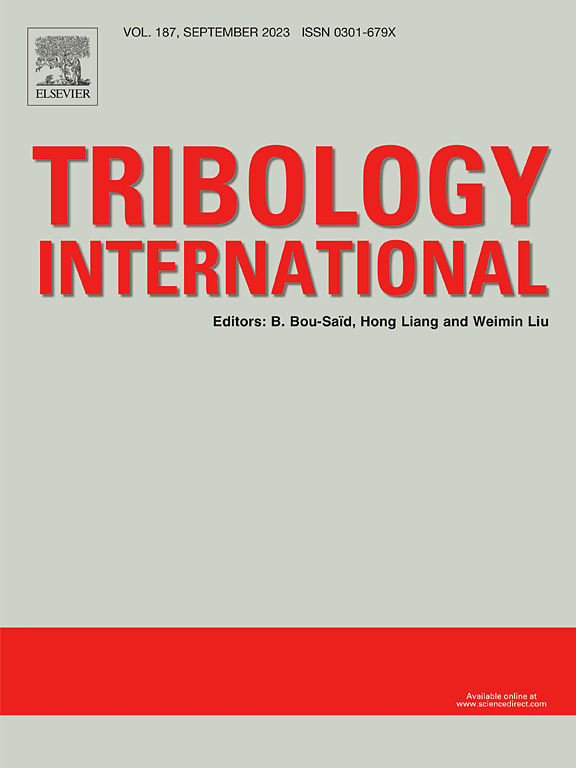Novel use of laser melting and optical pre-heat to control white etching layer formation on rail steels
IF 6.1
1区 工程技术
Q1 ENGINEERING, MECHANICAL
引用次数: 0
Abstract
With the development of the railway industry, rail damage like Rolling Contact Fatigue (RCF) and White Etching Layer (WEL) are significant safety concerns. This study explores using lasers to replicate WELs on rail steels in a controlled, cost-efficient way in the laboratory. By optimising laser parameters like power, speed, and material, WELs similar to those in service rails were produced on R260, R350HT, and R400HT rail grades. The laser method yields precise WEL formation with thicknesses between 8 and 145 μm, offering better control and consistency than conventional methods. While thermally processed WELs are not fully representative of those formed by thermo-mechanical loading, they share similar hardness and size. This advancement supports further tribological testing and research on RCF-related damage.
求助全文
约1分钟内获得全文
求助全文
来源期刊

Tribology International
工程技术-工程:机械
CiteScore
10.10
自引率
16.10%
发文量
627
审稿时长
35 days
期刊介绍:
Tribology is the science of rubbing surfaces and contributes to every facet of our everyday life, from live cell friction to engine lubrication and seismology. As such tribology is truly multidisciplinary and this extraordinary breadth of scientific interest is reflected in the scope of Tribology International.
Tribology International seeks to publish original research papers of the highest scientific quality to provide an archival resource for scientists from all backgrounds. Written contributions are invited reporting experimental and modelling studies both in established areas of tribology and emerging fields. Scientific topics include the physics or chemistry of tribo-surfaces, bio-tribology, surface engineering and materials, contact mechanics, nano-tribology, lubricants and hydrodynamic lubrication.
 求助内容:
求助内容: 应助结果提醒方式:
应助结果提醒方式:


